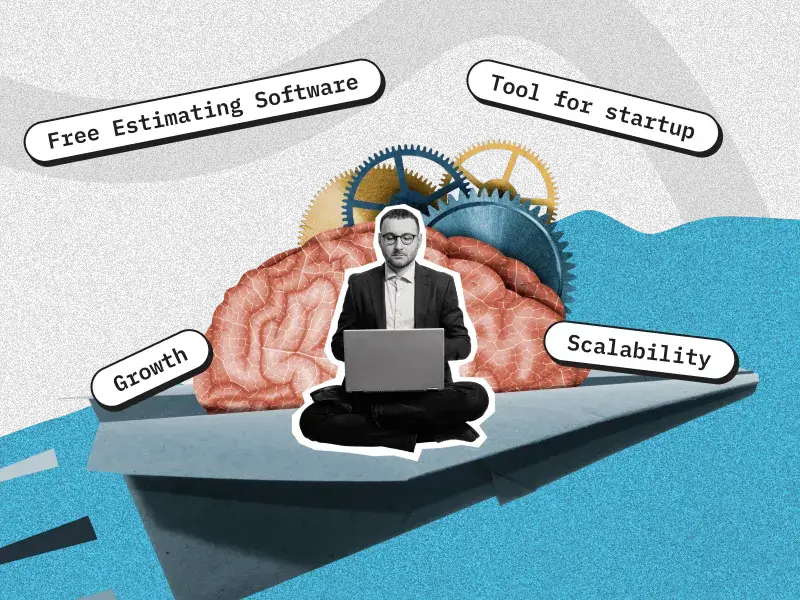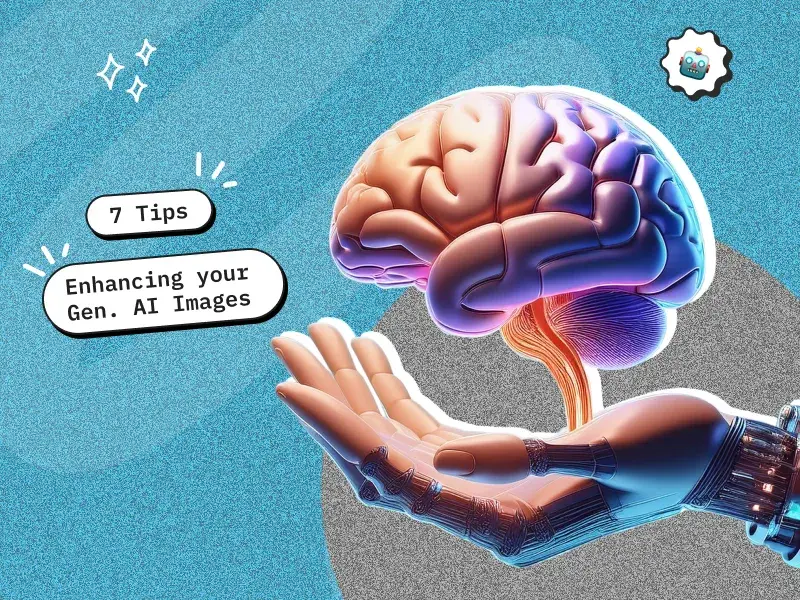Introduction
Precise cost estimation can significantly influence project outcomes in project management and budgeting. With the growing complexity of projects, the need for accurate estimates has become more critical than ever.
The rise of technological advancements has introduced tools like software cost calculators one of which is creole studios free estimating software, which offer a digital approach to estimation, intensifying the debate between using these tools and sticking to traditional methods. This blog explores the strengths and weaknesses of each approach, helping project leaders make informed decisions.
Understanding Traditional Cost Estimation Methods
Software cost estimation is vital in project management, determining the feasibility, scope, and budget. Common traditional methods, such as analogous, parametric, and bottom-up estimation, have been standard practices for decades. These methods rely on expert judgment and more time to calculate costs accurately.
Overview of Traditional Techniques
- Analogous Estimation: Relies on historical data from similar projects to provide an estimate. It’s often used in the early stages of project planning when limited information is available.
- Parametric Estimation: Uses statistical models and historical data to predict future costs based on project parameters such as size and duration.
- Bottom-Up Estimation: Breaks down the project into smaller tasks and activities, estimating costs for each part, and then aggregating these to get the total project cost.
Advantages of Traditional Methods
- Historical Insight: Techniques like analogous estimation leverage historical data from past projects, providing valuable insights and context that digital tools might overlook. This historical perspective can help identify potential risks and opportunities that are specific to the industry or project type.
- Expert Judgment: Traditional estimation methods rely heavily on the expertise and intuition of experienced estimators. Their ability to interpret data, consider qualitative factors, and apply judgment in uncertain situations can lead to more accurate and reliable cost estimates.
Limitations of Traditional Methods
- Time Consumption and Effort: These methods are often rely on expert intervention, and requiring significant time to gather data and make calculations, which can delay project planning.
- Subjectivity and Inconsistency: Different estimators may arrive at varying conclusions given the same data, leading to inconsistencies that can affect project budgeting and planning.
Read more: Common Challenges Faced in Software Cost Estimation and How to Overcome Them
The Rise of Cost Estimating Software
In recent years, specialized cost estimating software tools has revolutionized project management and budgeting. These digital solutions provide enhanced accuracy and efficiency, significantly reducing the likelihood of human error.
Key Features of Cost Estimating Software
- Current Estimates: Unlike static spreadsheets, these tools provides real-time UI/UX and developer rates, ensuring that estimates are always current.
- Scalability and Adaptability: As projects grow in complexity, cost estimating software will share the rates after including the additional features accurately in no time.
Advantages of Cost Estimating Software
- Time Efficiency and Accuracy: Automated tools can perform tasks faster than manual methods. For instance, a software development team might use a tool to quickly estimate the cost of new features by referencing the resources used in previous updates.
- User-Friendly and Accessible: Software cost calculators are designed to be straightforward, allowing users to input various project parameters such as the type of software, number of pages, complexity, and required integrations. This makes them accessible to both technical and non-technical users, enabling quick and easy cost estimation without the need for deep technical knowledge.
Tools like the free estimating software which is a software cost calculator help in predicting costs based on various project parameters, making budget planning more efficient.
Read more: Factors to Consider When Choosing a Software Development Cost Calculator
Making the Right Choice for Your Project
Choosing between traditional cost estimation methods and modern cost estimating software depends on various factors. Understanding these factors can help in making an informed decision.
Factors to Consider
- Project Scope and Size: Larger and more complex projects may benefit more from automated tools that give proper cost estimate, whereas smaller projects might still work with manual method.
- Manage Budget: Traditional method does not provide the accurate estimates, however on the other side cost estimating software provides with details breakdown of the cost where the funds will be utilized, this allows companies to manage budget and decide what features are most important to them.
Future Trends and Innovations
- Integration with AI and Machine Learning: Emerging technologies can further refine cost predictions by learning from past projects and making real-time adjustments as new data becomes available.
- Enhancements in Predictive Modeling: Future advancements promise to make these tools even more reliable and efficient, potentially altering the landscape of cost estimation.
Read more: Top 7 Factors That Influence Software Development Cost
Conclusion
Both traditional and digital methods have their place in cost estimation. The choice between manual processes and utilizing a free estimating software depends on project specifics, available resources, and required accuracy. For projects that demand high precision and involve complex variables, cost estimating software might offer a distinct advantage. Understanding the strengths and limitations of each approach can guide project leaders toward the method that best aligns with their goals, ensuring accurate and reliable cost estimates.
Source: Creole Studios






